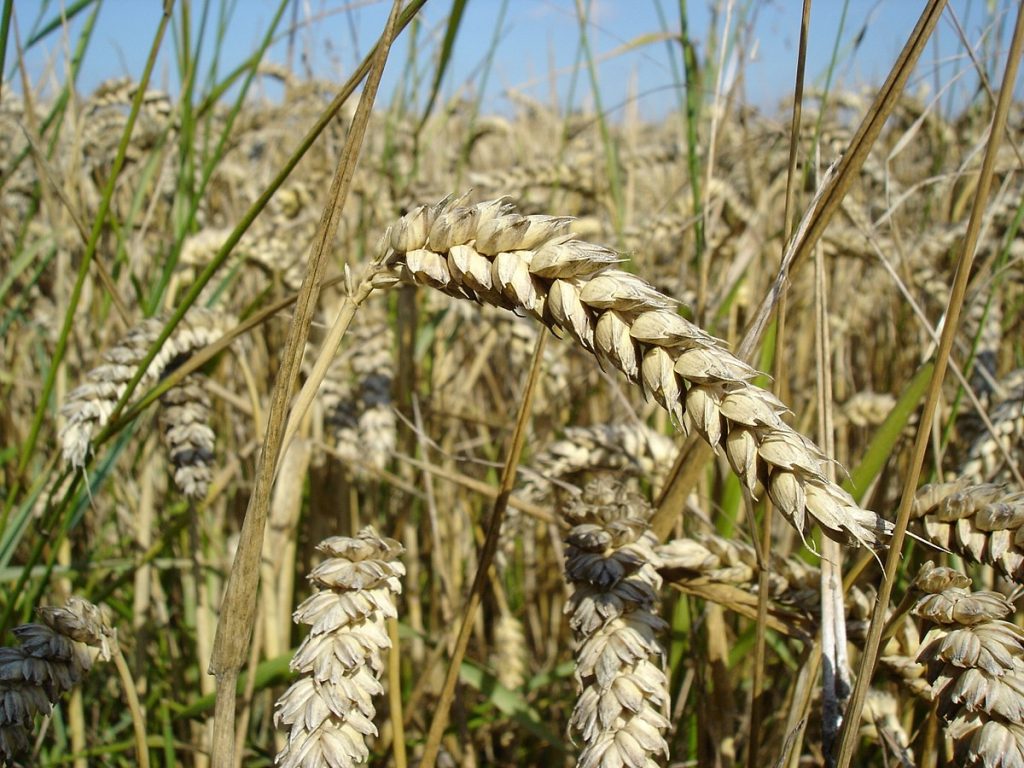Reuters and CBC News report that Japan and South Korea have banned Canadian wheat and flour imports following the discovery in the summer of 2017 of a stand of GMO wheat on roadside in Alberta. The wheat, which was identified after it survived herbicide spraying, was a genetic match to a small trial crop of resistant wheat that was planted in 1998-2000 by Monsanto on less than 2 hectares in Canada.
This experimental crop was grown around 300 kilometers from where this new patch of GE wheat appeared in Alberta. Scientists cite the “passage of time and large distances involved” as reason to believe there is “no evidence…how or if the current GM wheat finding is linked with a previous trial” (Canadian Press, 2018).
Which begs the obvious question, where did it come from? No GE wheat is approved for planting in the US or Canada, and this patch did not match any types of wheat that has popped up before in the States (in 2013, GE wheat showed up in an Oregon field, resulting in a temporary ban from several Asian countries; and in 2016 in Washington, causing enhanced quarantine protocols in some countries).
Canadian officials are confident this ban will be short lived, once they can assure regulators and scientists from Japan and South Korea that the Canadian wheat supply is free of GMOs. But this story does lead to some head scratching and persistent worry about these mysterious cases of unapproved, GMO crops popping up in unexpected places. Another example of the unintended consequences of genetic engineering.
Sources:
Canadian Press, “South Korea suspends wheat and flour sales from Canada over GMO plants found in Alberta,” CBC News, June 18, 2018.
Yuka Obayashi and Rod Nickel, “Japan suspends sale of Canadian wheat after GMO wheat found in Alberta,” Reuters, June 15, 2018.

